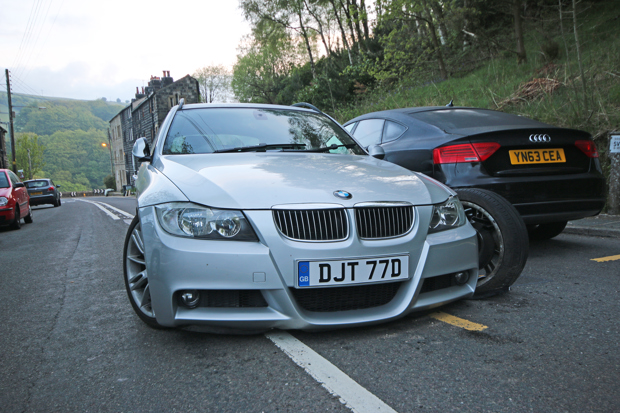1 in 5 drivers don't know what to do in a crash

A fifth of drivers have admitted they would not know what to do following a collision.
Alarmingly, more than a third of drivers also don't know the Highway Code requires them to stop at the scene of a collision, revealed the survey by insurer Aviva.
What’s more, almost half of drivers say they are unsure of what to do in a collision that involves damage to another vehicle or property.
That’s despite this type of incident accounting for 85% of claims, says Aviva.
Uncertainty rises even further, to 66%, when someone is injured, while 80% of those surveyed by Aviva say they’re unsure of what to do when it involves a domestic or wild animal.
Just 5% of drivers were able to correctly identify all the steps outlined in the Highway Code following a collision.
Aviva head of telematics Matthew Washer called the lack of awareness worrying and that it could be putting people at risk as well as breaking the law.
The most important thing to do following a collision, he said, is check if anyone is hurt. If so, the emergency services should immediately be contacted.
"From an insurance point of view – and only once everyone is safe – make sure you exchange details with the other party involved. Remember, all events – regardless of their severity – must be reported to your insurer."
Aviva, he added, has developed new technology called AutoClaim, that uses in-app technology to detect when a motorist has had a collision.
When one is detected, customers receive a smartphone alert checking they are OK and signposting them to making a claim, should they need to.
What you should do after a collision
- Stop safely – stopping at the scene is a requirement under section 283 of the Highway Code
- Call the emergency services – if anyone is hurt, call 999 straight away. If someone is acting aggressively or suspiciously, call the police. Hitting dogs, horses or sheep must also be reported to the police, under the Road Traffic Act (1988)
- Exchange details – give your name, address, contact details, driving licence number, registration and insurance details, both to the other driver and to witnesses
- Document the scene – collect videos and photos of the scene, your vehicles and any damages. Note road names, your direction and speed of travel, and any injuries
- Contact your insurer – do this as soon as possible. Beware of paid ad-spoofers at the top of search results could be a scammer rather than your insurer’s official contact details

